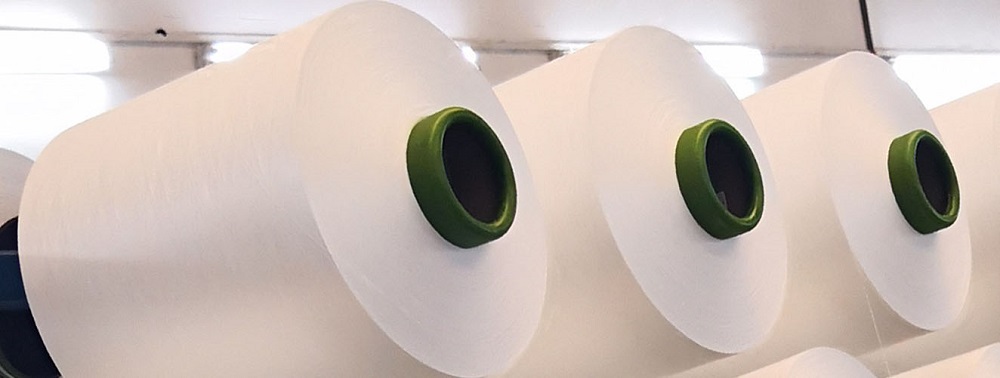After the power-on check is correct, the installation process ends. Test and calibration We have a large number of Japanese Komatsu loaders and a wide variety of materials for loading. In particular, we need to control the weight of loaded trucks in bulk sand and iron ingots. Therefore, we chose the Komatsu Model 89100 Loader as a test model and used the actual working materials such as ore and iron ingots for calibration and testing directly instead of standard weight electronic truck scales as standard equipment.
The automatic weighing machine for loaders does not have to be calibrated according to the verification procedures of the scales. At present, there are no specific verification procedures. First, according to the instrument's operating instructions, set the parameters such as range, division value, decimal places, scheduled load, and alarm lower limit, and then enter the zero calibration. At this point, make sure there is no material adhesion in the bucket. Then the range calibration (or coefficient calibration) is performed. When the meter prompts loading, the material that has been weighed by the truck scale is completely poured into the bucket and the weight value is input to the meter.
After the weighing point test scoops the goods, the instrument display value is compared with the vehicle scale weighing result, and the error is calculated and evaluated. The loader installed a test result of the weighing equipment and the test material was iron ore. The linearity of the loader's automatic weighing instrument is not very good. Therefore, it is very important to properly select the point where the standard object is loaded in the calibration range. You cannot simply select the midpoint or full-scale point of the range, and you should select the most commonly used in the actual operation. The weighing section serves as a calibration point.
Polyester Draw Texturing Yarn Cationic
Polyester Draw Texturing Yarn Cationic is a new type of polyester product which is spun by dimethyl isophthalate with SO3Na into polyester. Its appearance is no different from that of ordinary polyester yarn. However, the ionic modified polyester filament not only improves the color absorption of the fiber greatly, but also reduces the crystallinity and makes the dye molecules permeable easily. The fibers are easy to dye, the absorptivity is improved, and the water-absorbing is also improved. This kind of fibers can not only ensure cationic dyeability, but also increase the micropore of the fibers, and improve the dyeing rate, air permeability and moisture absorption of the fibers, the fabrics can be soft, air permeable, comfortable, antistatic and dyeable at room temperature and atmospheric pressure. Fabrics made of cationic yarn have the following characteristics when dyed with cationic dyestuff:
1. Bright tone, good deep dyeing;
2. High water-absorbing;
3. Good fastness to sunlight and fading;
4. Good stability in high temperature dyeing bath;
5. Dye stability is high when pH value changes in dyeing bath.
Texture Drawing,Polyester Draw Textured Yarn,Polyester Draw Texturing Yarn Cationic,Draw Textured Polyester Yarn
YIBIN MERRY TRADING CO. LTD. , https://www.cnmerry.com